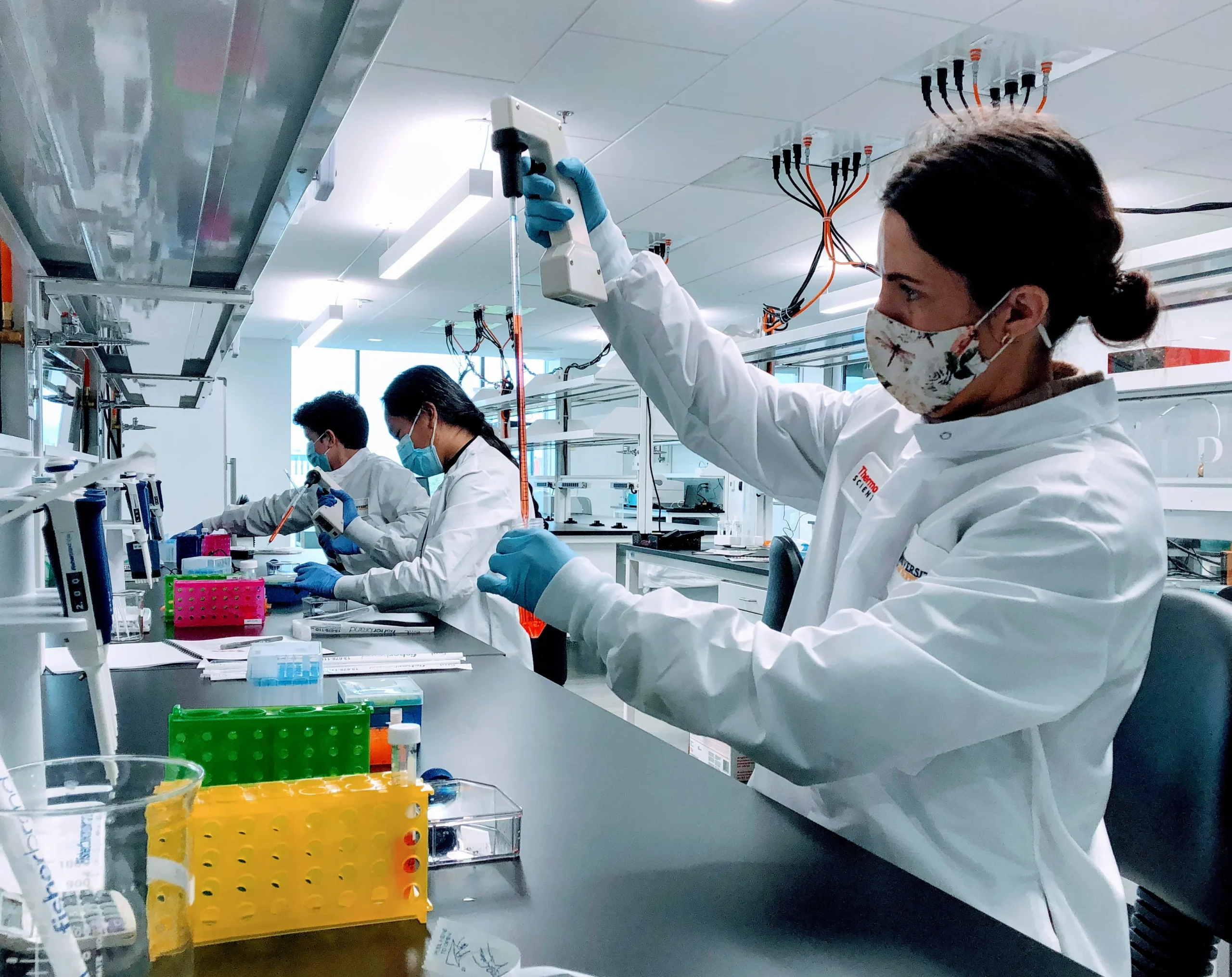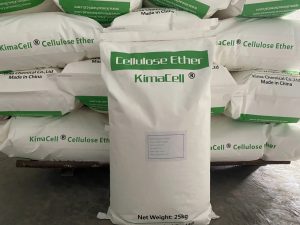Introduction to Cross Section Analysis
Cross section analysis is an essential process in modern electronics manufacturing, especially when it comes to ensuring the reliability of printed circuit boards (PCBs). As PCBs become smaller, more complex, and densely packed with components, internal defects can hide beneath the surface—unseen by traditional inspection methods. That’s where cross section Lab comes in. By leveraging specialized cross section analysis techniques, Cross Section Lab uncovers these hidden flaws, providing critical insights into the integrity and performance of PCBs.
Cross section analysis involves cutting through a PCB or other component to reveal its internal layers and structural makeup. This process allows engineers and manufacturers to visually inspect internal features such as vias, solder joints, trace connections, plating thickness, delamination, and more. By carefully examining these cross sections, potential defects can be identified before they lead to costly failures.
Why Cross Section Analysis Matters in PCB Manufacturing
In PCB manufacturing, even microscopic defects can result in significant product failures. Surface inspections and automated optical inspections can only go so far. When failures persist despite passing standard testing methods, cross section techniques are often the only way to find root causes. The ability to physically inspect the internal structure of a board or component helps engineers understand issues such as poor solder joint formation, insufficient copper plating, or unexpected contamination.
Cross section analysis by Cross Section Lab is performed using precision tools, including diamond saws and polishing machines. Once the sample is prepared, it is examined under high-powered microscopes and scanning electron microscopes (SEM), allowing for highly detailed analysis. This kind of inspection is particularly vital for quality assurance, failure analysis, and R&D.
The Process of Cross Section Analysis at Cross Section Lab
At Cross Section Lab, the cross section process begins with selecting a precise area of interest on the PCB. This could be a via, a solder joint, or a specific region suspected of containing defects. The area is carefully embedded in resin to hold it in place during cutting and grinding. After this, the sample undergoes multiple stages of polishing to create a smooth and level surface, exposing a clean cross section of the internal structure.
This meticulous process ensures that no additional damage is introduced during preparation. Once the cross section is ready, high-resolution imaging tools capture detailed visuals. Engineers can then analyze these images to assess the construction quality and search for abnormalities. By comparing results across multiple cross section samples, manufacturers can gain an accurate understanding of their production quality.
Identifying Hidden PCB Defects
Many defects that affect a PCB’s performance can only be identified through cross section analysis. Examples include voids in solder joints, cracks in vias, poor wetting, delamination between layers, and inconsistent plating. In high-reliability industries such as aerospace, automotive, and medical devices, identifying these defects is non-negotiable.
Cross Section Lab specializes in detecting these issues through cross section inspection, giving manufacturers a chance to correct problems early in the production process. The data gathered during a cross section evaluation can be used to improve process controls, enhance reliability, and meet industry standards such as IPC-6012 and IPC-A-600.
Applications of Cross Section in Different Industries
The need for precise cross section evaluation goes beyond electronics. While PCBs are a major area of focus, other applications include semiconductor devices, connectors, capacitors, and even metal alloy testing. Each of these components may face internal stresses, wear, and failure mechanisms that are only visible through cross sectioning.
In the medical industry, where reliability can be life-critical, cross section analysis ensures that microelectronic devices function perfectly. In the automotive sector, cross section insights are used to assess solder fatigue and component bonding under thermal stress. For aerospace, where every part must meet rigorous standards, the cross section technique provides assurance that the internal structure is sound.
Advancing Quality Through Cross Section Reports
Every cross section analysis performed by Cross Section Lab results in a detailed technical report. This document includes high-resolution images, dimensional measurements, and expert interpretation of the findings. These reports are not just records—they are powerful tools used in failure analysis, quality assurance audits, and product development feedback loops.
Cross section reports help engineers make data-driven decisions. They can compare actual measurements to specification limits, confirm the presence or absence of internal defects, and recommend corrective actions. In essence, the cross section becomes a window into the heart of the component, telling a story that surface inspections could never reveal.
Innovation and Expertise at Cross Section Lab
Cross Section Lab stands out because of its technical precision and deep expertise. With a team of experienced materials scientists and engineers, the lab delivers not only high-quality cross section imaging but also in-depth failure analysis and consulting services. Their facilities are equipped with state-of-the-art microscopes, preparation stations, and analytical tools that ensure accurate, repeatable results.
By continuously improving their cross section methodologies and keeping up with evolving industry standards, Cross Section Lab has become a trusted partner for companies that demand excellence in electronics manufacturing and reliability testing.
Cross Section as a Tool for Continuous Improvement
Incorporating cross section analysis into routine quality control processes is a strategic move for manufacturers who are serious about improving their product. Instead of reacting to failures after shipment, companies can proactively find and fix issues during development or production ramp-up. This not only prevents recalls and field failures but also builds trust with customers.
Cross Section Lab encourages clients to treat cross section evaluations not as a one-time inspection but as part of a continuous improvement system. With regular cross section studies, trends can be tracked, processes can be optimized, and long-term reliability can be achieved.
Conclusion
Cross section analysis is more than just a tool—it’s a necessity in today’s high-reliability electronics landscape. At Cross Section Lab, this essential process is elevated with precision, care, and scientific rigor. From revealing hidden PCB defects to enabling deep structural insights, cross section analysis empowers manufacturers to build better, more reliable products.





